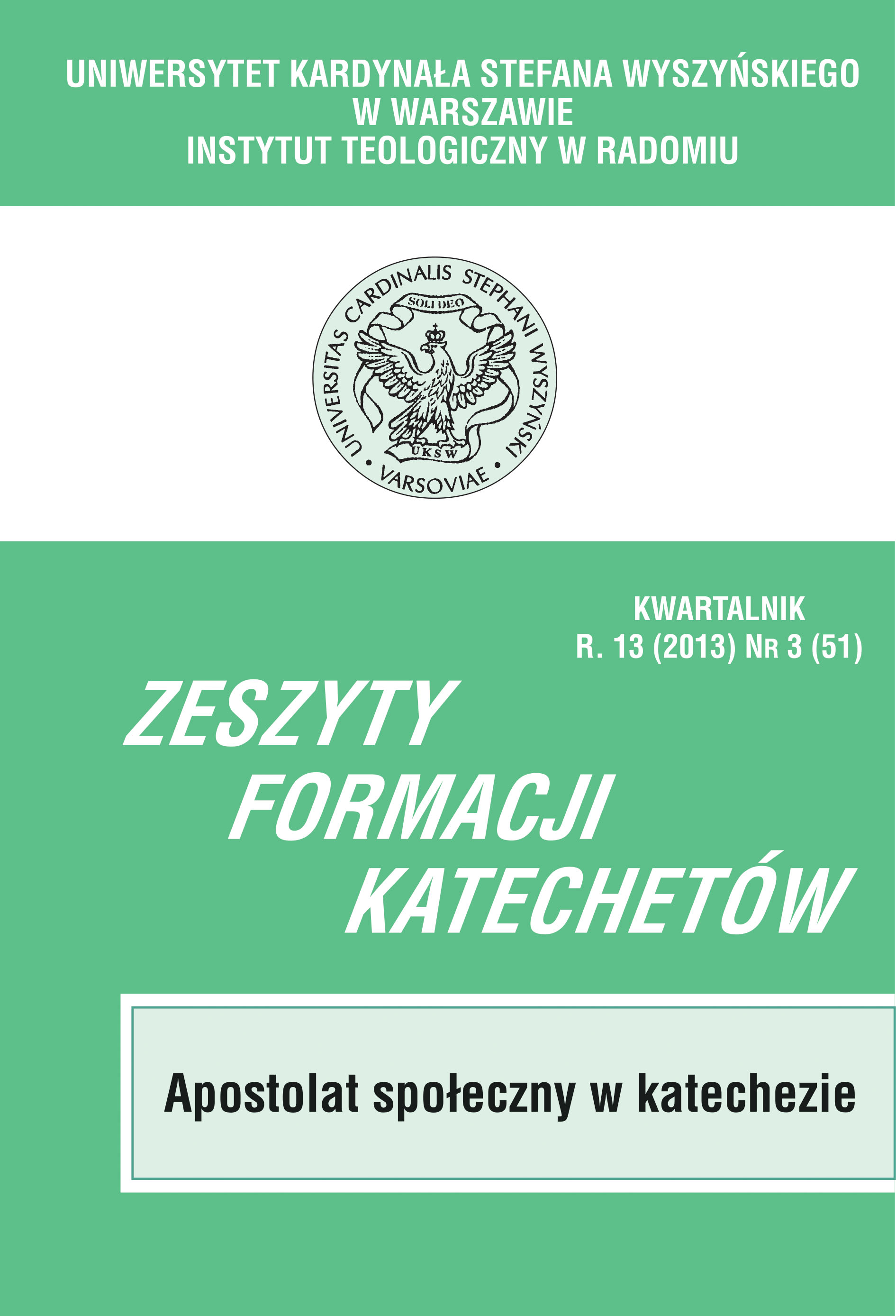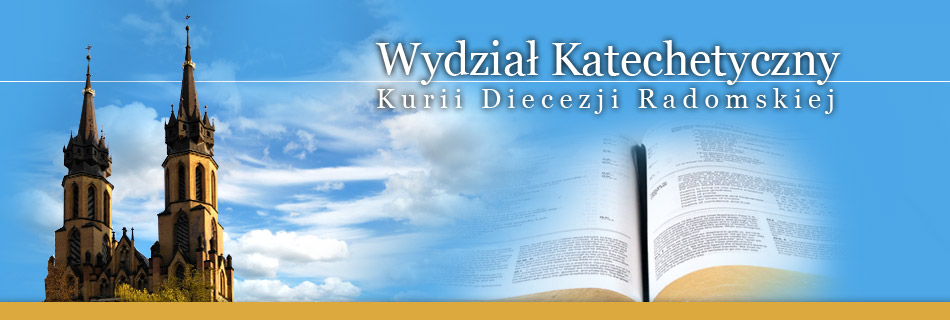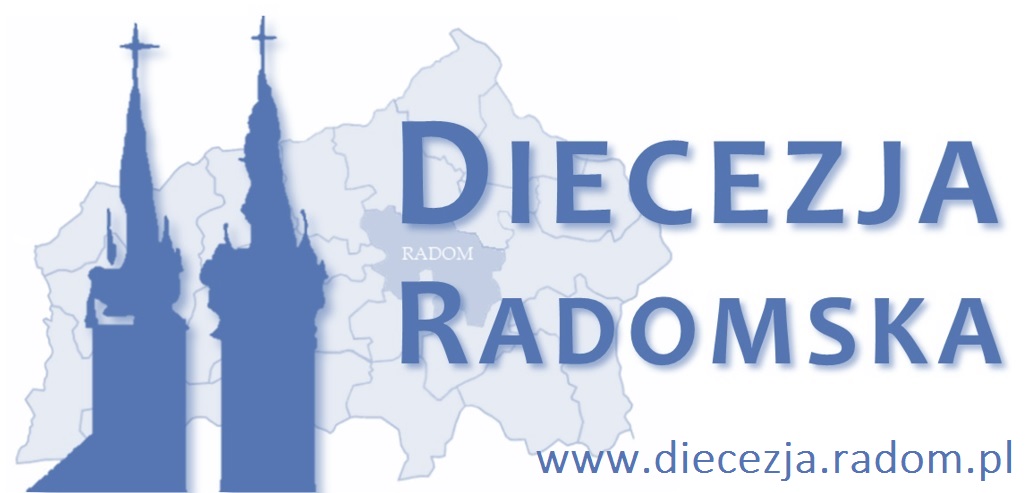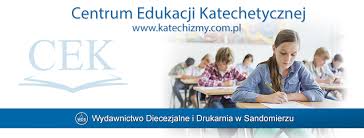New trends in the prevention of substance abuse
Keywords:
addiction preventionAbstract
Never before have so many children and adolescents has not been covered in our country activities in the field of addiction prevention. It is especially noticeable in the last two decades of the systematic use of prevention programs in schools. Although these activities are increasing size of drink and drugs problems among students, and the number of abstainers among high school students in recent years has decreased twice. Evaluation research in the field of addiction prevention support the low efficiency of the currently used programs. With the increasing knowledge about the etiology ( ground conditions ) problematic behavior among children and young people and low effectiveness of existing preventive action have emerged in recent years, new trends in prevention, which include: specialized programs, problem-prevention, environmental programs, promoting positive life skills, work with risk groups, programs addressed directly to the girls, alternative programs, programs of environmental change. Reaching children and adolescents to alcohol, drugs, nicotine and other drugs, it is not random behavior. Despite declarations of subjective beliefs and pupils entering the path of addiction does not emerge out of curiosity, or the desire to integrate with a group of peers, nor the desire to emphasize their independence and adulthood. The real reason is only one: the attempt to escape from life, from which the pupil can not handle (usually the fault of the adults!) And the much more experienced pain and hurt than joy and satisfaction. In this situation, the only effective form of prevention of addiction is to help pupil to teach to live in a conscious and responsible, because they will cope with the harsh reality without the "help" of chemicals that bring the world of illusion and addictive.
References
Dziewiecki M., Młodzież, alkohol i realizm, „Świat Problemów’ nr 2 (2000).
Fudała J., Postawy dorosłych wobec picia alkoholu i zażywa-nia narkotyków, „Świat Problemów” nr 12 [2001].
Gaś Z., Redukcja szkód a profilaktyka uzależnień, „Remedium” nr 7-8 [2002].
Grzelak S., Seksualność a alkohol, „Remedium” nr 11 [2000].
Hryszkiewicz G., Alkohol, młodzież, dorośli, „Świat Problemów” nr 9 [2002].
Jastrun E., W poszukiwaniu nowych dróg, „Świat Problemów”, nr 12 (2001).
Maxwell R., Dzieci, alkohol, narkotyk, Gdańskie Wydawnictwo Pedagogiczne, Gdańsk 2002.
Mellibruda J. (i inni), Perspektywy profilaktyki, „Remedium” nr 5 (1997),
Ostaszewski K., Co się zmienia w zażywaniu? Badania mokotowskie 1984-2000, „Świat Problemów” nr 12 [2001].
Ostaszewski K., Kryzys profilaktyki?, „Remedium” 7-8 (2002).
Ostaszewski K., Specyfika zachowań problemowych a programy profilaktyczne, „Świat Problemów” nr 12 (2001).
Sierosławski J., Czy bezwzględny zakaz jest do utrzymania?, „Świat Problemów” nr 12 [2001].
Sierosławski J., Zielinski A., Młodzież i alkohol – wyniki badań szkolnych ESPAD, w: Świat Problemów, nr 9/2000.
Sochocki M., Ewaluacja w praktyce, „Remedium” nr 10 (2000).
Szczukiewicz P., Nie wystarczy intuicja, „Świat Problemów” nr 12 (2001).
Wilmes D., Jak wychować dziecko, które mówi „nie” alkoholowi i narkotykom?, Gdańskie Wydawnictwo Pedagogiczne, Gdańsk 2002.
Wojciechowski M., Strategie w profilaktyce, „Remedium” nr 1 (2002).
Woronowicz B., Informacje i testy pomocne w rozpoznaniu problemów alkoholowych, w: M. Dziewiecki (red.), Nowe przesłanie nadziei, Warszawa 2000.
Woynarowska B., Kształtowanie umiejętności, „Remedium” 5 (2002).
Downloads
Published
How to Cite
Issue
Section
License
Copyright (c) 2013 KATECHISTS' PERIODICAL

This work is licensed under a Creative Commons Attribution-NonCommercial-NoDerivatives 4.0 International License.






